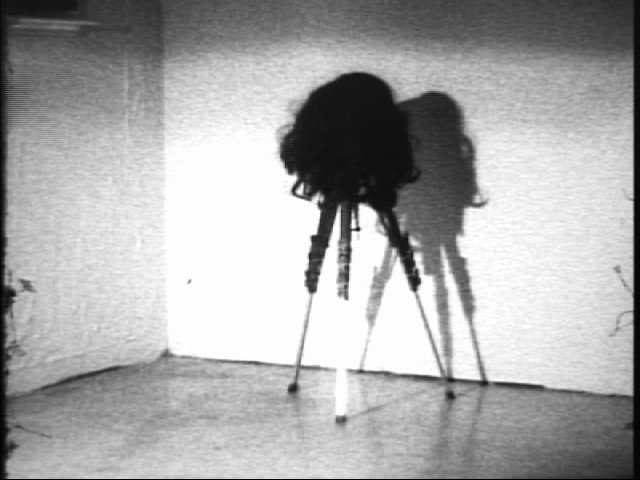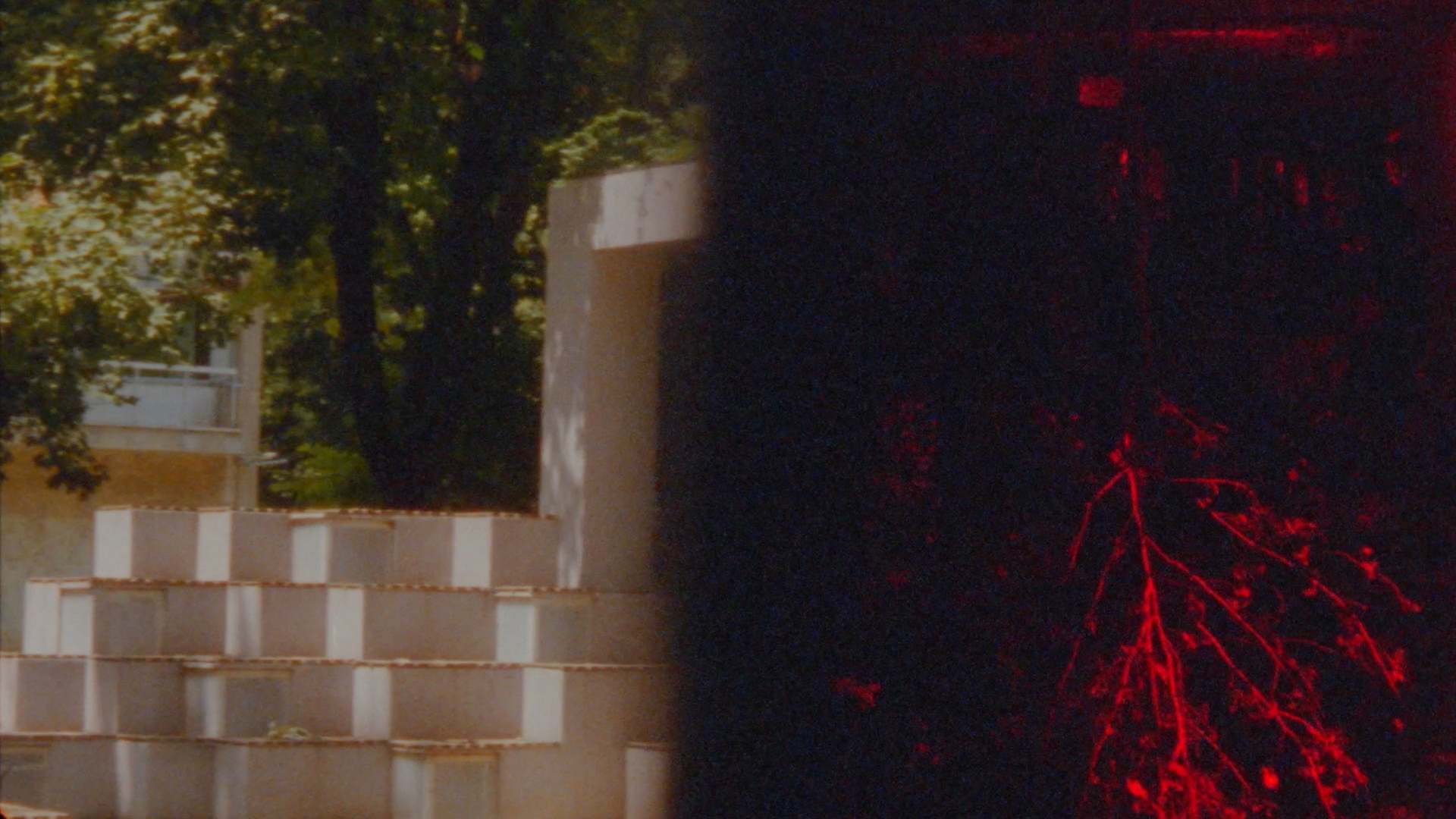Out of Conversations with Friends: Personal is Political in Tara Najd Ahmadi's Films
Anja Banko
Border, or, more accurately, its absence, is one of the terms that best describe the cinematographic expression of Tehrani artist and theorist Tara Najd Ahmadi. The border—a banal line—marks separation, the delineation of land, culture, language, gender, our being, the (un)conscious, the intimate and public, art and politics, poetry and prose, fiction and documentary, analogue and digital. All of these are ideas and concepts, expressive means, and facts that intertwine in Najd Ahmadi’s works, bound together by her experience as a woman, artist, activist, and (im)migrant and the maxim ‘personal is political’. Exactly because of this premise, her images become part of a collective story, an echo of social awareness, mostly lit from the margins and otherness.
Najd Ahmadi’s experimental films combine elements of animation, documentary, and fiction to create unique film essays in which the viewpoints sometimes slip, the subjects shift roles, become objectified, and contemplate their identity from a distance. Three Minutes of Headless Life is one such example, in which a long-haired wig sits on top of a tripod and tries on various portraits of renowned thinkers. The subject can also be very concrete and personal, as in A Week with Azar or My Sleepless Friends, in which individuals share their experiences with the artist, who befriends them during existential crises: out of solidarity, she doesn’t sleep; she grieves angrily; she cares for her homeland; she reminisces about activism; and at the same time, she inhabits some other place, language, artistic expression, or being. The indirect dialogue is frequently free of narration. Surfacing Images features an interview with Esho Momeni, an Iranian activist for women’s rights, about fate and the preservation of lost images. Their friendly chat progresses from a simple ‘How are you?’ to a political manifesto on the necessity of presenting stolen, confiscated, forgotten, or forbidden and censured images, such as images of the Iranian revolution on the streets or from forgotten family film archives.
An important element of the director’s cinematic expression is the ‘sound furnishing’ of images or animating or reliving the memories and experiences of others, sometimes directly through the author’s voice and sometimes through someone else’s. Thus, four voices bring to life the memories of an American art historian, Douglas Crimp, in An Art Historian’s Recipe, about the failed publication of a Moroccan cookbook in the 1970s (before the publication of Edward Said’s Orientalism (1978), which became the foundation of thinking Western appropriation of the East). These sound and voice offsets, movements, and sometimes delays bring the protagonists’ individual experiences into the collective sphere. Similarly, the images are always open, doubled, or made up of various types of materiality. For the sake of intimacy and subjectiveness, they are linked by associative logics, fuelled by humour and the search for some visual rhyme, as in Measuring the Level of Resistance, where a doll’s rebelliousness is measured on a cooker while preparing typical Iranian dishes (fried eggs, cooked rice, pickled gherkins). This means that revolution is not an abstract, external fact, but rather the reality of our own home.
The artist demands her viewers be playful and attentive to details at all times. The images are frequently fragments, as in the short abstract visual poem The Drowning Friend, that only link with each individual viewing. When the author replies to the question posed in Where Do You Think You’re Going?, her response is silent—muted, silenced, or perhaps just provocatively set to muteness or transferred into the viewers’ imagination. In contrast, the author is far more vocal in Productive Frustration, in which she considers the role of an artist, entrapment in memories, emotions, and blockades, the ability to be sincere and relevant in one’s own art at a specific time and space, and the willingness to engage in political activity.
Although the author does not explicitly mention a border, we recognise it in her artistic expression. She addresses us from a position of otherness, which is immediately erased by her dialectic gesture of awareness of the mixing of binary relationships and her commitment to subjectivism. This is where she warns us that the border exists. It is known as capitalism, racism, patriarchy, and other related concepts.








